There are many difficulties that one may face during installing large sized tiles:

Every tile installation project will have its set of problems. Most of these problems are however as a result of inexperienced installers who attempt to install the tiles on surfaces that have not been prepped properly for the installation. Sometimes, they are in the oblivion of the particular materials ideal for use. Watch out for the following common tile installation problems and learn how to navigate past them for fast and efficient installation process:
1-surface preparation
Tile may be installed over most structurally sound substrates, if they are clean, smooth, dry and free of scum, and grease.
Any damaged. Loose or uneven areas must be repaired, patched and leveled.
Remove any moldings, trim, appliances, etc. which could interfere with installation.
Door jambs may be undercut for tile to slip under.
There are some basic steps to take before tiling a wall including:
· Removing any screws, photo hooks, or other fittings.
· Remove any loose plaster.
· Remove old wallpaper.
· Fill any large cracks/holes in the wall.
· Ensure the wall is level.
· Remove any dust with a vacuum and wipe the walls.
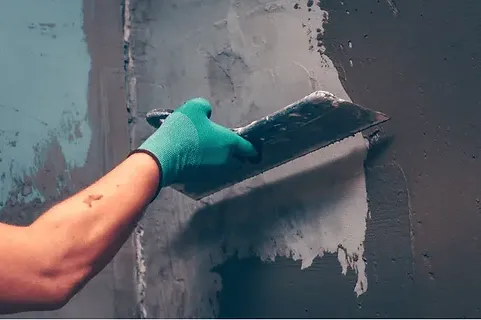
2- Setting tiles
Also the way you set the tiles plays an important role in the way it looks because big tiles usually make problems with installing, so these tips could be very effective if it was applied while setting the tiles.
A-Start with the first tile in the corner of the grid and work outward.
B-Begin installing tiles in the center of the room, one grid at a time. Finish each grid before moving to the next.
C-Insert tile spacers as each tile is set, or leave equal joints between tiles.
D-Do not walk on tiles until they are set (usually in 24 hours).
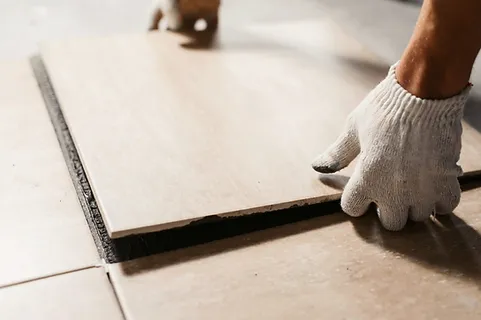
3- Cutting tiles
Advanced installation materials and techniques have improved the overall quality of large-format tile installations while helping to improve the installer’s efficiency. Keeping up with the latest in products and techniques will help installers produce aesthetically pleasing – and profitably installed – walls and floors.
Many people may have difficulties while installing large sized tiles (12060cm and 240120cm) because of the problem of cutting the tiles, that’s why we inserted some of beneficial advices that help in cutting tiles.
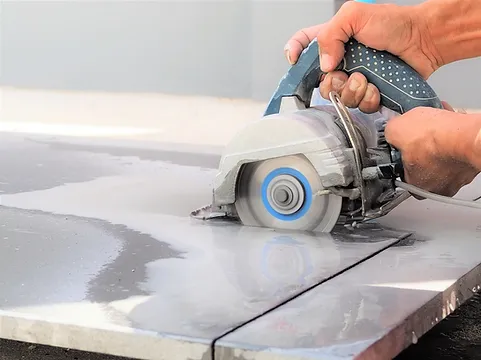
A-Carefully measure tiles to be cut and mark with a pencil or felt-tip pen.
B-Make straight or diagonal cuts with a tile cutter, curved cuts with a nipper (chipping away small pieces for best results) and full-length curved cuts with a rod saw.
C-Sharp-cut edges may be smoothed with a carborundum stone.
4- Cracked tile
Sometimes tiles with large size do crack without you noticing. Professionals tend to think that the tile cracked because something fell on top of it, but this is not always the case. Cracked tiles may occur because the joists tend to move and tiles may be located mid-span between joists.
However, size is an important element to take into consideration because the bigger the tile is the bigger possibility for cracking it has. Before starting the work, make sure that the floor is leveled and the subfloor is properly reinforced. The maximum deflection allowed needs to be in the range of 1/360th of the span length.

5- Wight difficulties
Large-format natural stone tile is in demand for a variety of reasons. Consumers like the natural beauty of a large stone expanse and appreciate the easier maintenance resulting from fewer grouted joints. But large-format tile also has its installation challenges. Working with large-format stone requires tighter tolerances in the substrate. In addition, its weight makes it harder to handle in both floor and wall applications.
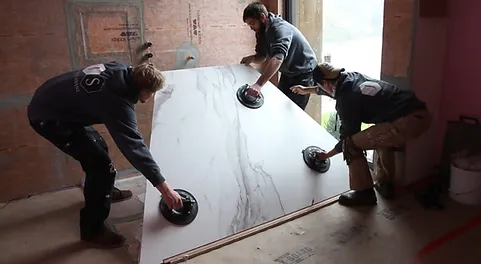
Gravity is the enemy of wall tile installation. Vertical tiles can slide before they are firmly set into place. Plastic tile spacers help keep tiles separate. After the bonding thinnest has cured, the spacers can easily be removed. Gravity is the enemy of wall tile installation. Vertical tiles can slide before they are firmly set into place. Plastic tile spacers help keep tiles separate. After the bonding thinnest has cured, the spacers can easily be removed.
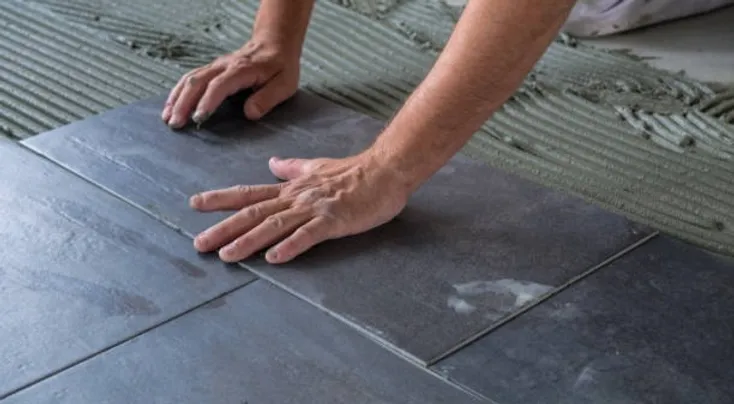
Tiles become a common fixture for in doors decorations. They are now used as flooring for homes, wall decors, and other accents for the home. They have many advantages; they are easy to maintain, durable, and look really good. Tiling is a popular home improvement task, preparation is essential in making sure your tile projects are completed without any problems. By avoiding the most common tiling mistakes so you can avoid the grief of ruining large sized tiles during installation for indoor and outdoor areas.
surface preparation
Setting tiles
Cutting tiles
Cracked tile
Wight difficulties
large tiles
installation difficulties
cracked tiles
heavy tiles

